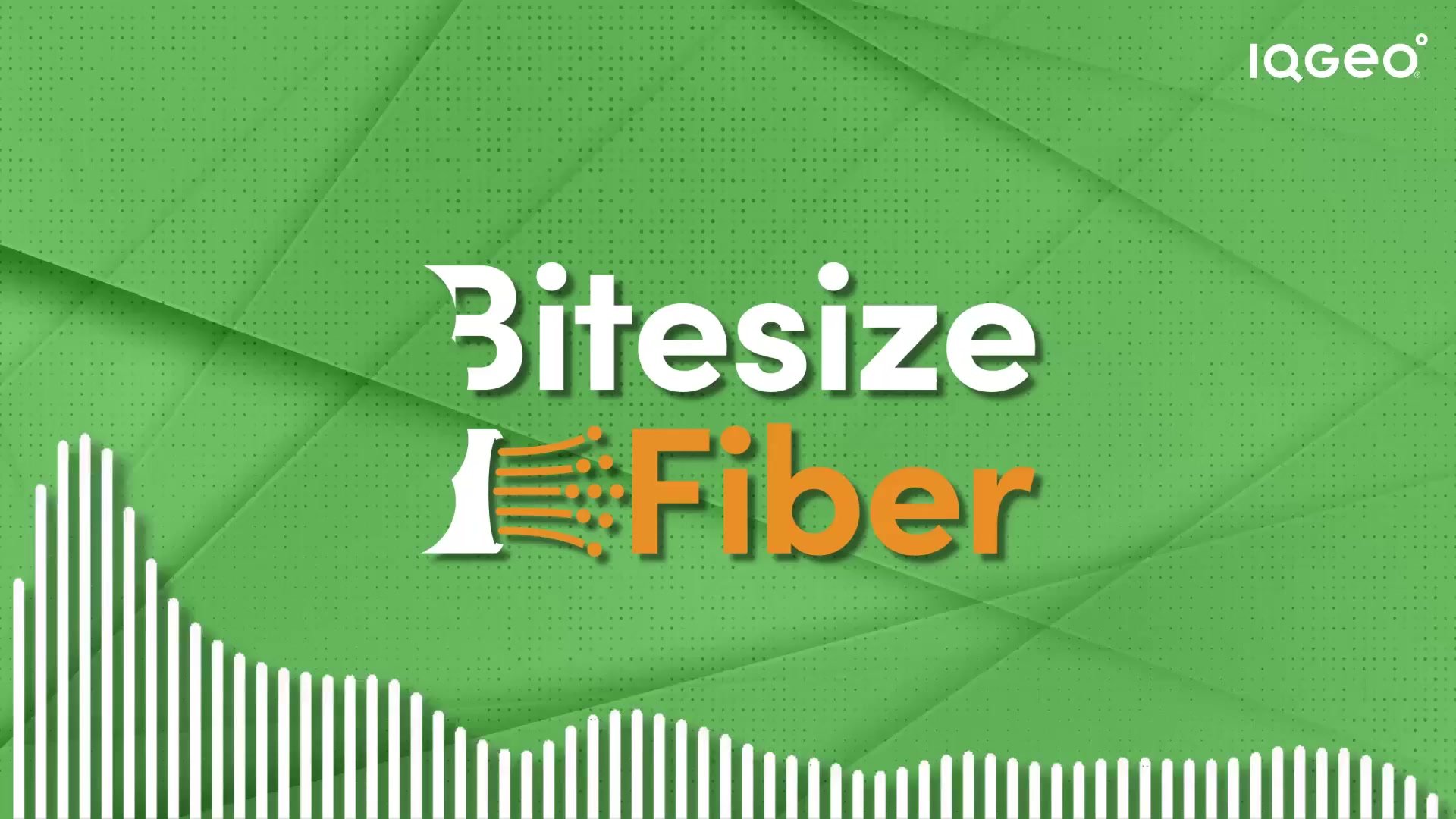Investing in a System of Record (SoR) as a means of documenting and managing your fiber network will bring tremendous value to your business but is not to be taken lightly. The implementation of an effective SoR requires internal process changes, may need integration with other systems, and the adoption of new workflows for office and field teams. These changes raise the bar for operational best practices and provide significant opportunities for process improvement and efficiency gains. On top of the internal investments, modern fiber SoRs, like most commercial software these days, are increasingly subscription software applications, requiring a material financial investment when viewed over many years.
Your finance team and budget owners will want to justify these investments. Below we have outlined some of the ways our customers have achieved a positive and compelling Return on Investment (ROI) on their SoR and the approach they have taken to justify the strategic investment.
Saving employee time

Time is money and an effective SoR saves a significant amount of it for your teams, particularly fiber designers, GIS specialists, and field techs. Our customers save upwards of 10-15 hours per employee per week in these groups. Employees engaged in fiber records are those who answer data questions from sales, marketing, the executive team, and the NOC. Below are some questions your employees may be fielding regularly and represent areas where efficiency gains can be achieved with an SoR.
- Where exactly is our infrastructure in the field?
- How many strands are available on this cable and how much of it is still dark?
- How much of this unused glass is stranded or simply unallocated?
- What customers are impacted by this outage and what alternative circuit routing could we use to restore service?
- Who are our critical customers (e.g. hospitals) who must have service maintained, and which circuits serve them?
- How much does it cost to serve this prospect or build out this region?
- What percentage of our fiber capacity in a region is still available to service new customers or be leased?
- Is this building on-net?
- How many miles of fiber do we have in a region?
- Which of our enclosures are at capacity and not to be considered for augments?
Free or inexpensive tools like Google Earth and spreadsheets are disconnected, lack mobile tools, and are simply not fit for answering these types of questions. Any apparent cost-savings are quickly lost in time wastage and lack of comprehensive understanding of your assets and how they relate technically and geospatially, resulting in poor or snap decisions. When your network is small, this may be manageable.
As you grow, your team can spend hours answering what seem like simple questions because they don’t readily have the information they need in one place. An effective fiber SoR turns those wasted hours into a click of a button and provides mobile tools for your team in the field, so they have the information when they need it. A purpose-built fiber SoR is designed to deliver a comprehensive network view that is proven to pay for efficiency gains, quality improvements, and increased trust in network documentation.
Financial impact: Let us assume you have 10 team members engaged in maintaining fiber records where each team member saves 10 hours per week using an SoR compared to Google Earth and spreadsheets. If you assume a fully burdened average of $50 per hour per team member, you are looking at an annual savings of $260,000.
| Team Members | x | Hours Per Week | x | Cost Per Hour | x | Weeks | = | Savings Per Year |
| 10 | 10 | $50.00 | 52 | $260,000 |
Increasing customer satisfaction

Outages make for grumpy customers and they grow even more grumpy with slow restoration response. With an easy-to-use fiber SoR, your team will have data at their fingertips and be empowered to rapidly respond to outages to bring customers back online and reduce customer churn. Beyond this, employees without fiber engineering experience—such as front-office staff— are now able to deal with certain types of customer problems or inquiries thanks to the information they can access through the SoR. Customers with shorter outages give better satisfaction ratings, are less likely to move to a competitor, and are more inelastic with price increases. Happy customers are fundamental to the financial success of your business.
Financial impact: Let us assume an average customer generates a monthly profit of $100 per month or $1,200 annually, and typically there are 100 customers that churn per month or $120,000 annually. If a fiber SoR can reduce your churn by 10% (conservative estimate), this saves 120 customers each year. These assumptions leave you with revenue preservation of $144,000 per year.
| Annual Profit per Customer | x | Customers Saved | = | Revenue Per Year |
| $1,200 | 120 | $144,000 |
Improving Service Level Agreement (SLA) performance

Many of your commercial customers may have strict, financially punitive SLAs built into their contracts. With fast, accurate, and easy-to-access fiber assignments provided by an SoR, your team can prioritize VIP customers and avoid the penalties and credits for breaking SLAs. A modern SoR can also help you anticipate bottlenecks and potential fail points of your network in a way that generic GIS, Google Earth, and spreadsheets simply cannot.
Financial impact: Assuming your company pays annual SLA penalties and credits of $200,000, and with the operational benefits of a fiber SoR you can reduce these penalties and credits by 20%, you could be looking at savings of $40,000 per year.
| Annual SLA Cost | x | Penalty Reduction | = | Savings Per Year |
| $200,000 | 20% | $40,000 |
Preserving knowledge

Studies show that many of the most experienced fiber planners and engineers are approaching retirement and they have vast undocumented organizational (tribal) knowledge in their heads. Capturing this knowledge in an SoR consolidates your network data in a single trusted place, protecting your business as you grow.
The importance of organizational (tribal) knowledge leads to many situations where money can be saved. One example we hear often is deploying truck rolls. As organizational (tribal) knowledge retires, money is wasted rolling trucks to the wrong locations. An effective SoR saves your organization money by ensuring valuable resources are deployed correctly.
Financial impact: Let’s assume that your organization deploys 20 truck rolls a month, costing $5,000 per roll. As organizational knowledge retires 10% of those rolls end up being wasted for a total of $10,000 per month.
| Wasted Truck Roll Resources Per Month | x | Months | = | Wasted Per Year |
| $10,000 | 12 | $120,000 |
Building a foundation for growth

An effective fiber SoR is a critical business component for operational excellence that will help achieve your growth ambitions. With trusted data in your fiber SoR, your team can respond to sales and marketing more quickly allowing your teams to move faster. If you don't solve the data problems that exist today, you will have an exponentially larger set of problems to deal with in the future. With fiber records you can trust and an easy-to-use SoR, you’ll be in a better position to meet your growth KPIs, have a leg up on your competition, and increase the value of your fiber network for investors and potential acquirers.
Financial impact: Let us assume you sign 400 new customers a month. With an easy-to-use SoR, your sales teams can move faster than your competition and sign an additional 5% more customers, or 20 per month. Using the average revenue per customer from the previous assumption of $1,200 per year, the additional annual profit growth with an SoR could be $288,000.
| New Customers per Month | x | Months Per Year | x | Profit Per Month Per Customer |
= | Annual Profit Growth |
| 20 | 12 | $1,200 | $288,000 |
The bottom line
With the above assumptions in place, you can make a case that a fiber SoR can generate a significant financial return of $852,000. Although the actual numbers vary company by company, we’ve seen the positive value created by a fiber SoR from hundreds of customers over the last 25 years. We can say, without any reservation, investing in your fiber records goals today will lead to substantial operational improvements for years to come.
If you are interested in evaluating your own assumptions, we’ve built an ROI financial calculator to help you justify the adoption of a fiber System of Record for your organization.


 Previous
Previous







